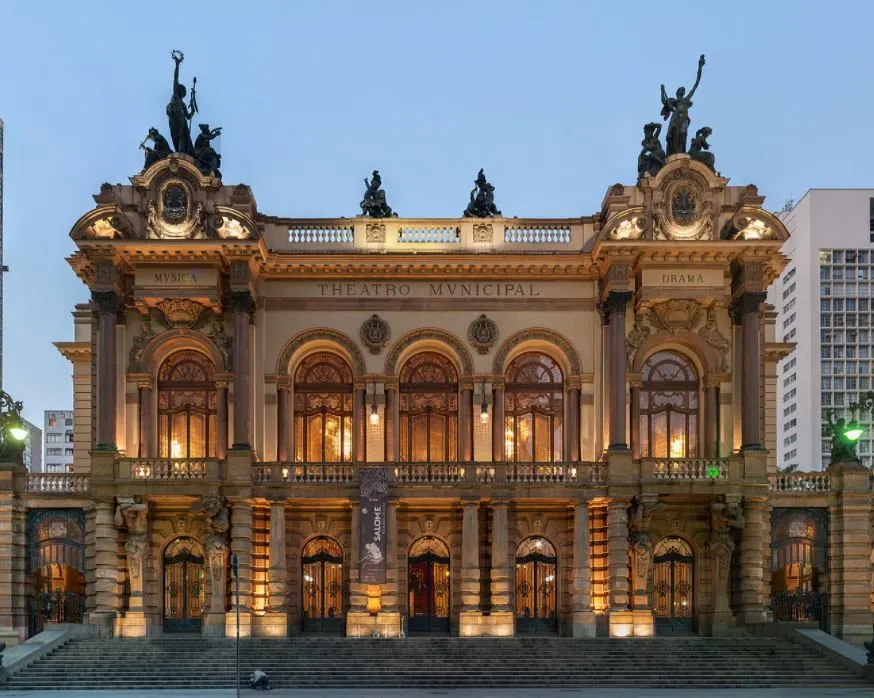Very few buildings in the world convey such a sense of awe as this magnificent attraction in Paris.
Let’s take a closer look at some interesting facts about the Palais Garnier, a building described as “probably the most famous opera house in the world!”
1. It’s located on the Place de L’Opéra in Paris
The Palais Garnier is the opera house of the Paris Opera and is situated in the 9th arrondissement of the city. It’s located on a square with a fitting name called “Place de l’Opéra” or “Opera Square.”
But that’s not all, because the building is located at the end of the “Avenue de l’Opéra,” a major street that runs to the south-southeast directly to the Louvre Museum at the Rue de Rivoli.
This is pretty much within walking distance which means this magnificent opera house is located right in the heart of the city!

2. It was named after its architect but originally had a different name
The architect of the structure was a man named Charles Garnier (1825-1898), a man with relatively humble beginnings but who studied at the prestigious École royale des Beaux-Arts de Paris. He also traveled to Rome and Greece and got inspiration for his work from ancient temples and monuments.
The opera house that he designed was originally referred to as the “Nouvel Opéra de Paris” but the extravagant building was renamed in his honor in 1876.
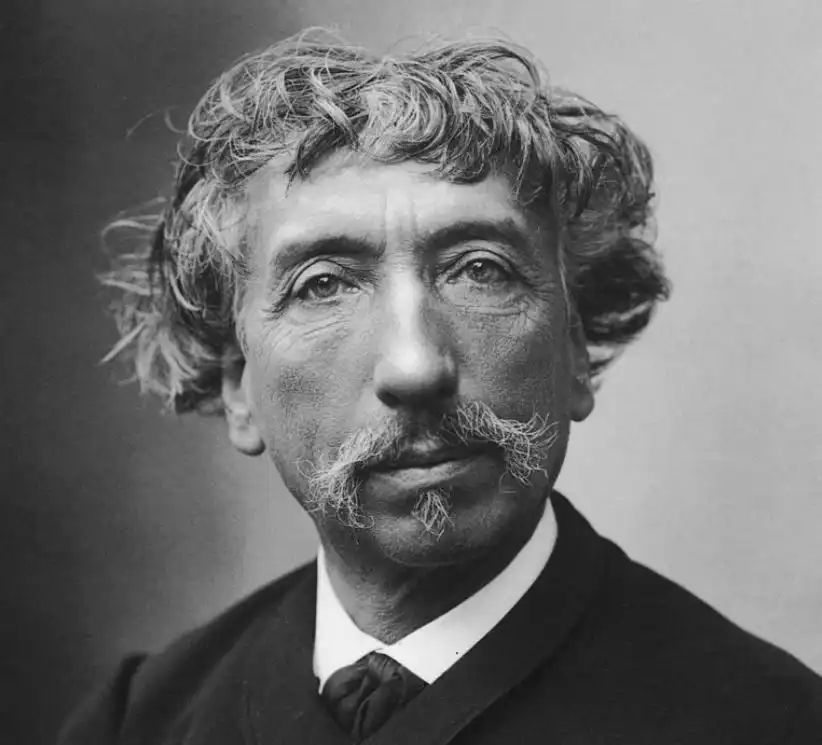
3. It was commissioned by the nephew of Napoleon Bonaparte
An assassination attempt in the year 1858 at the entrance of the old opera house of Paris resulted in the decision to build a new structure that featured a special entrance for Louis Napoleon. He was a nephew of Napoleon Bonaparte who ruled over the Second Empire of France between 1852 and 1870.
Less than 2 years later on September 29, 1860, an Imperial Decree was signed by Emperor Napoleon III to build a new opera house on a total space of 12,000 square meters (130,000 square feet).
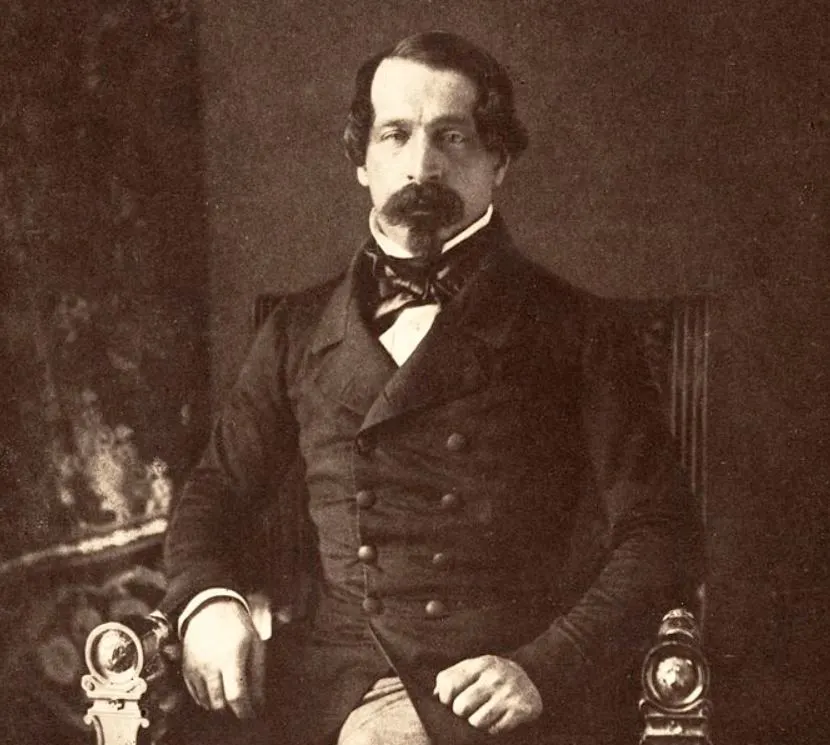
4. The Opéra de Paris occupied a much humbler building since 1821
The assassination attempt on January 14, 1858, was possible because the “Salle Le Peletier,” the old opera house of Paris, didn’t feature a concealed VIP entrance, which means that the Emperor himself had to enter the building through the same door like everybody else.
This building was indeed much humbler than the opulent Palais Garnier and was situated just to the northeast of the new opera house on the Rue Lepeletier. It was destroyed by fire near the end of the construction of the new opera in 1873.

5. The building of the opera house is huge
The size of the opera house is huge. It has a total length of 154.9 meters (508 feet) and a width of 101.2 meters (332 feet). The top of the façade has a height of 32 meters (105 feet) and the apex of the tower above the stage reaches a height of 56 meters (184 feet) above the ground.
The building was constructed to impress and no cost was spared, resulting in the Empire (and the subsequent Republic after 1870) virtually bankrupting itself after spending 36,010,571.04 francs by 1875!
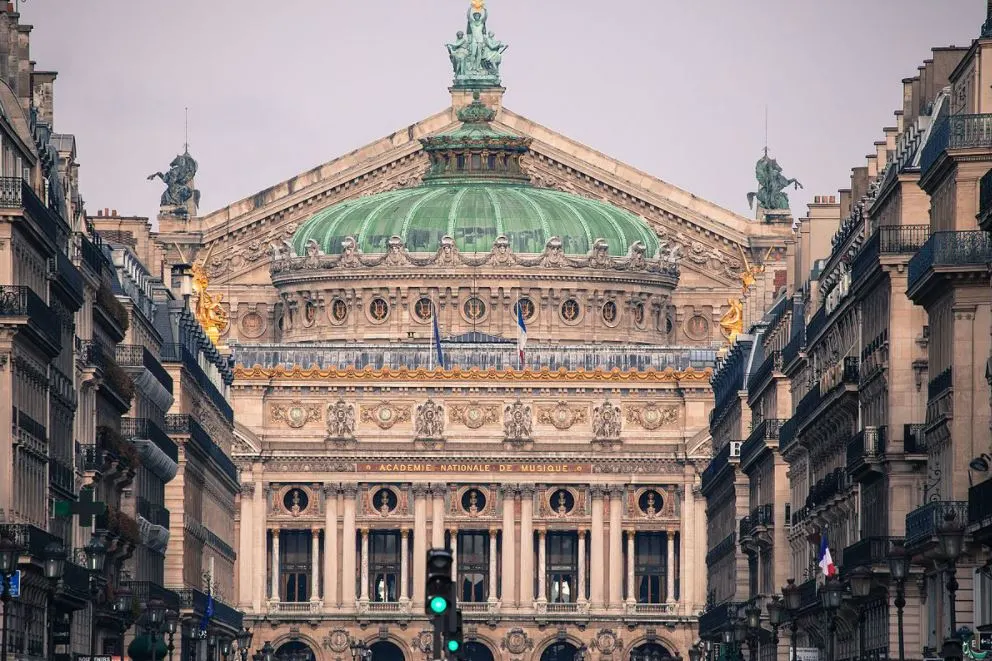
6. Garnier might have won the competition because of something he said
The design of the structure was chosen through an architectural competition. Multiple candidates submitted proposals and 7 were chosen during the first round. Remarkably, Garnier’s design only ended in place 5 out of the 7 initially submitted proposals.
The main reason is that the building combines a wide variety of architectural styles, including the Baroque, Neoclassical, Beaux-Arts, and Renaissance styles.
When Garnier was asked about this by Empress Eugénie she presumably said “What is this? It’s not a recognizable style! it’s neither Louis Quatorze, nor Louis Quinze, nor Louis Seize!” Garnier reportedly replied, “Why are you angry Ma’am, it’s the Napoleon III style.”
It’s assumed that this reply made Garnier win the design competition, even though this story can’t be verified for sure.
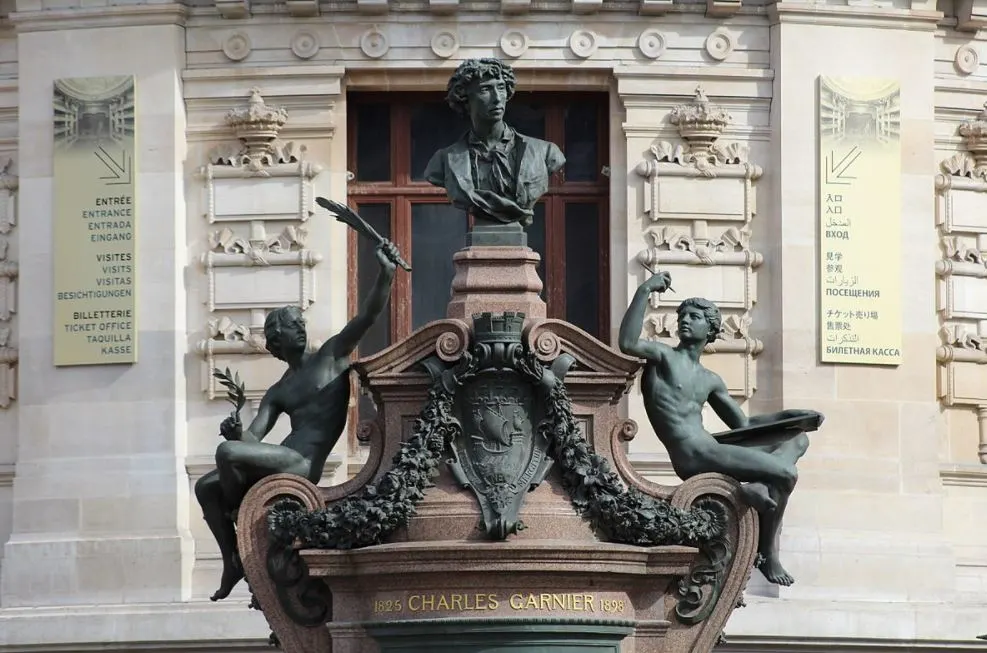
7. The Napoleon III style was based on a very simple principle
Apart from using revolutionary materials and techniques including an iron framework, the Napoleon III Style was pretty much a mix of as many different elements from previous architectural styles as possible.
That’s why the style was based on the simple principle of “leaving no space without decoration.” This means that the interior is literally filled to the brim with ornamental features, mostly using polychromy, marble, porphyry, and gilded bronze.
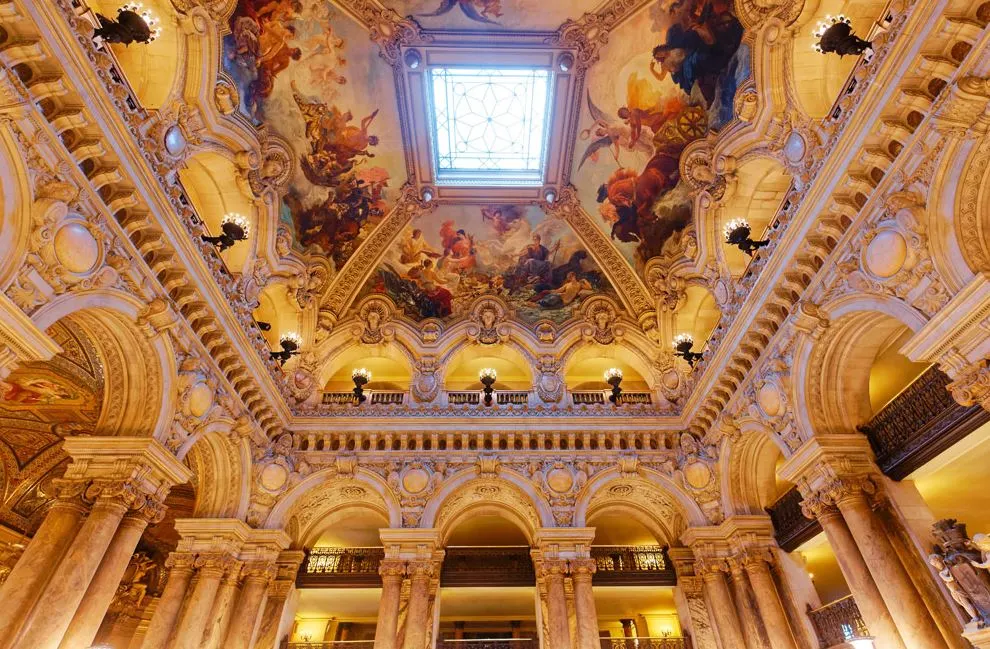
8. The façade of the building was decorated by 87 different people
The main façade of the building is located on the south side and overlooks the Place de l’Opéra. Pretty much the same principle applied to the exterior as to the interior as it’s stuffed with sculptures and other forms of decorations.
A total of 14 painters and mosaicists and 73 sculptors worked on it, resulting in one of the most extravagant façades of a building you’ll ever come across.
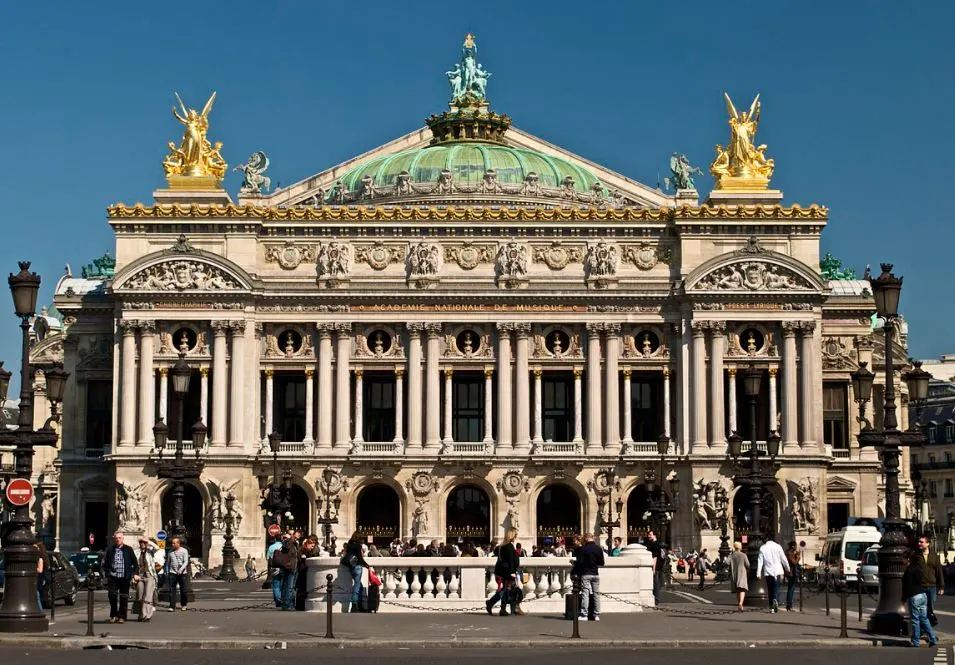
9. The Emperor’s former entrance now features a library and museum
The special entrance of the building for the Emperor was referred to as the “Pavillon de l’Empereur.” This addition is situated on the west side of the building and was built to allow secure access for important people.
Today, this pavilion serves quite a different purpose as it’s home to the “Bibliothèque-Musée de l’Opéra de Paris,” a library and museum of the Paris Opera. This building houses a total of:
- 100,000 books
- 1,680 periodicals
- 10,000 programs and letters
- 100,000 photographs of costumes and stage sets
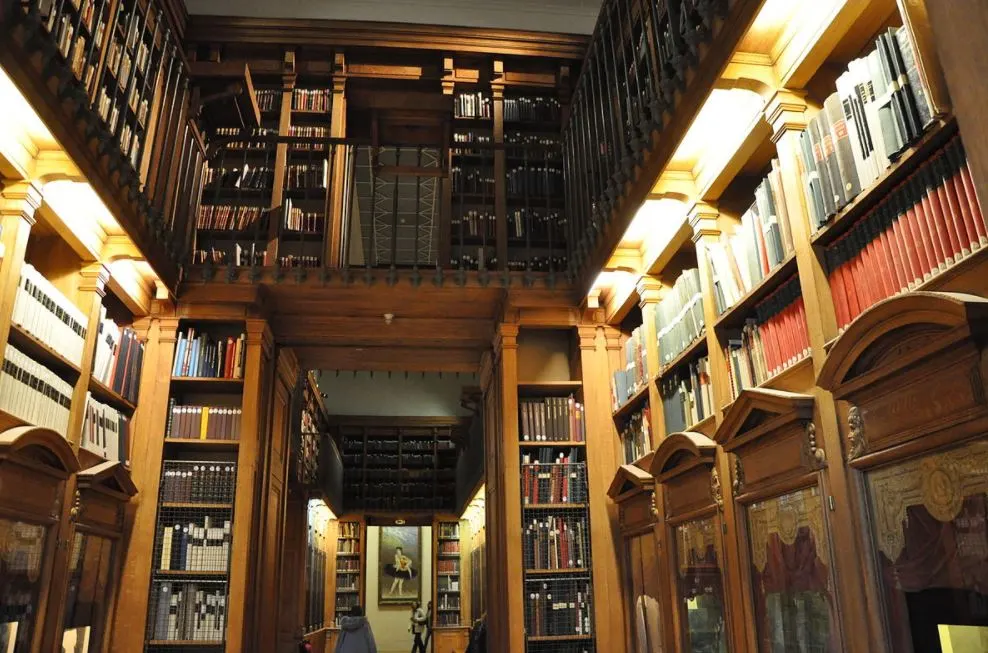
10. It features one of the most amazing staircases on the planet
The opera house was built to impress on a scale never seen before, and that means something if you have the Palace of Versailles and countless other impressive landmarks nearby.
One of the most amazing features inside the opera house is the Grand Staircase, a huge ceremonial staircase made of white marble with balustrades of red and green marble. The ceiling of this space is decorated with multiple magnificent frescoes including “The Triumph of Apollo” and “The City of Paris Receiving the Plan of the New Opéra.”

11. The staircase leads up to an even more impressive room
When you reach the top of this marvelous staircase you enter a room that was originally constructed as an entertainment venue for the high society of Paris in the late 19th century.
This room is referred to as the “Grand Foyer” which is 54 meters (177 feet) long and 13 meters (43 feet). The ceiling reaches a height of 18 meters (59 feet) and is decorated with frescoes that depict several crucial moments in the history of music.
It’s fair to conclude that this hall can be considered the epitome of the Napoleon III architectural style!
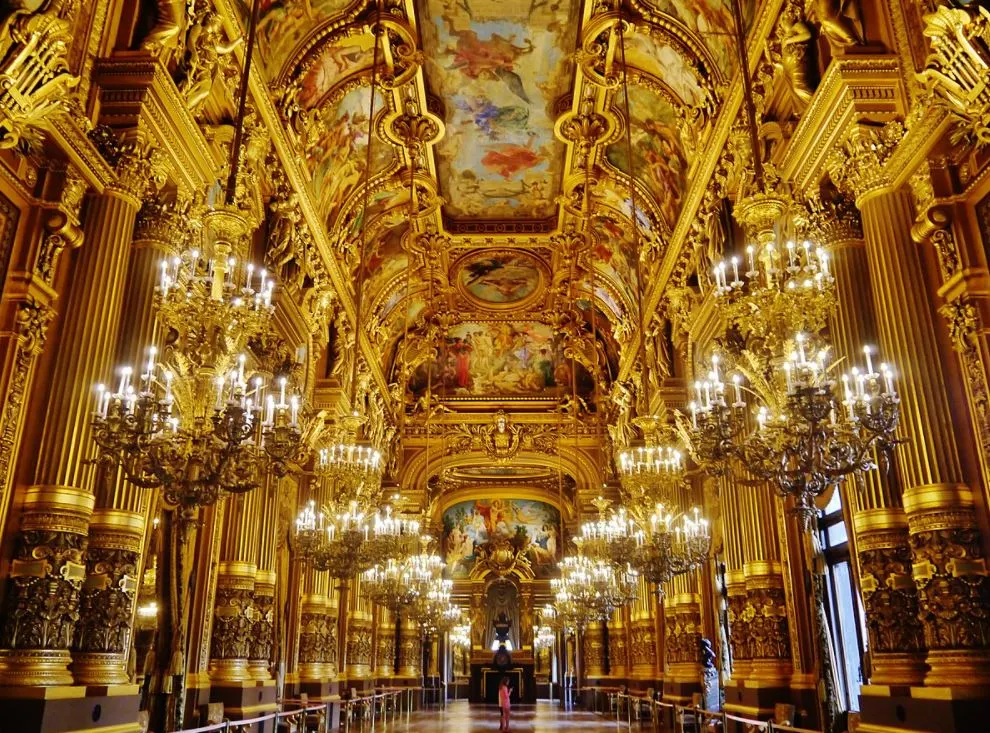
12. The auditorium has fewer than 2,000 seats but a huge stage
Regardless of the immense scale of the building and its extravagant design, the auditorium of the opera house isn’t that big. It only has 1,979 seats, which means it wasn’t built to accommodate huge crowds.
That being said, it features the largest stage of any opera house in Europe and is big enough to have 450 artists performing on it at any time. This means that it was definitely constructed in such a way to create massive spectacles for the lucky people inside!
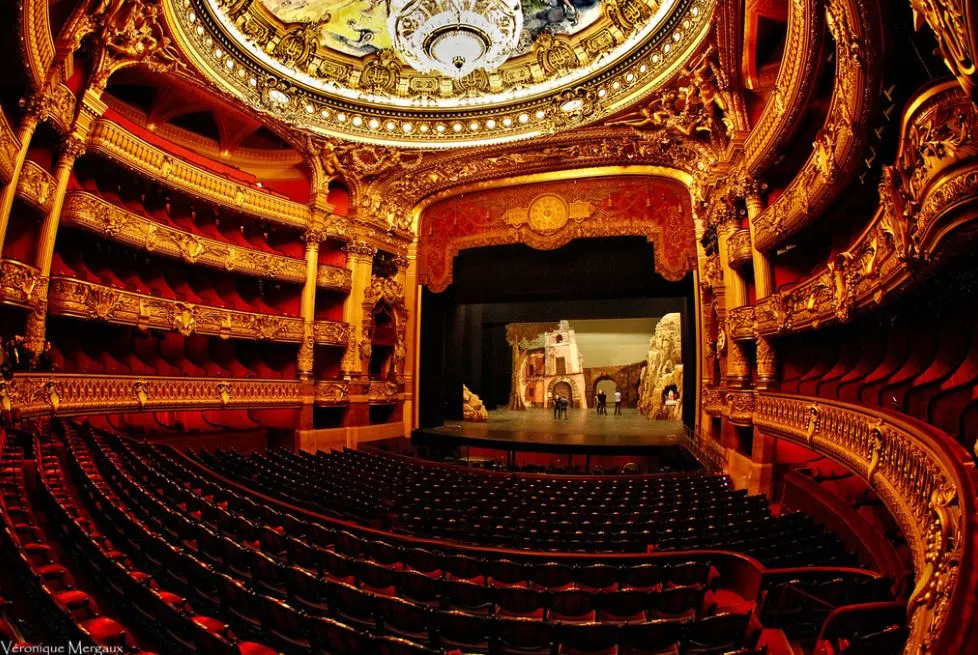
13. The chandelier in the auditorium was designed by Garnier himself
One of the most fascinating facts about the Palais Garnier is that its auditorium is decorated with a huge chandelier that weighs a whopping 7,000 kilos.
This enormous design element is made of bronze and crystal and was designed by Charles Garnier himself and cost a total of 30,000 gold francs.
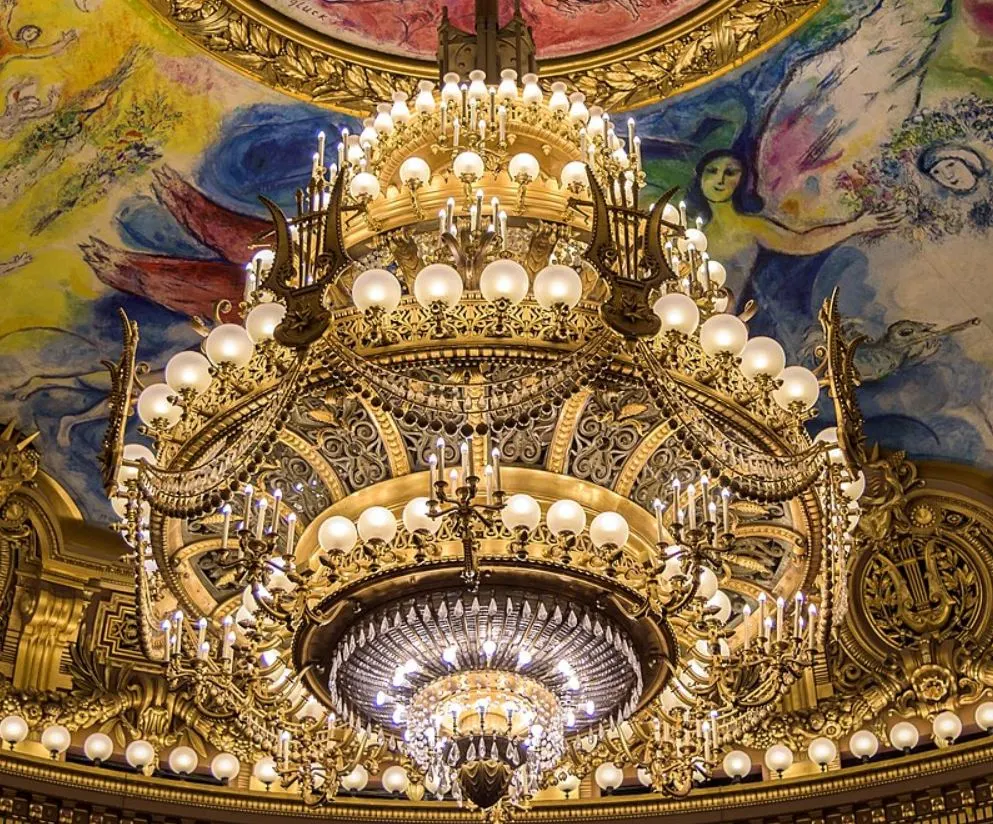
14. The opera house was the setting for a famous 1910 novel
The extravagant design of the building’s exterior and interior isn’t the only reason why it has been referred to as “probably the most famous opera house in the world.” Another reason is that it was the setting for one of the most famous novels about opera in history.
It was the setting for Gaston Leroux’s 1910 novel called “The Phantom of the Opera.” This book has been reproduced many times in both movies and musicals and is still performed in theaters all across the world today.
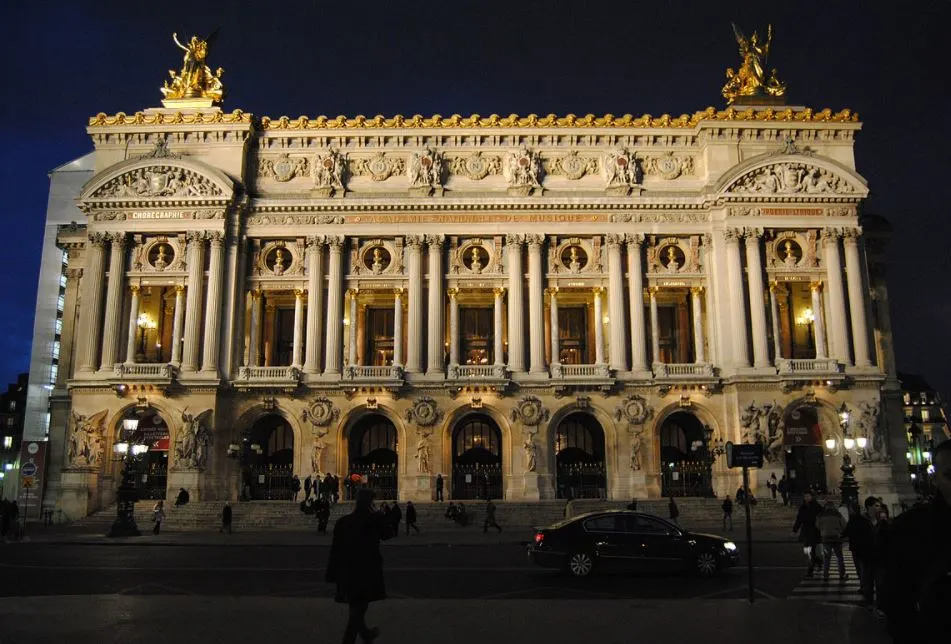
15. The building influenced many buildings all across the world
The Palais Garnier was the most expensive construction project that was completed during the Second Empire of France and remains arguably one of the finest architectural masterpieces in Paris today.
Shortly after it was completed it has served as an inspiration for similar structures all across the world as well, including:
- The Amazon Theatre in Manaus, Brazil (1884-1896).
- The Thomas Jefferson Building of the Library of Congress in Washington D.C. (1890-1897).
- Hanoi Opera House, Vietnam (1901–1911).
- Opéra-Comique’s Salle Favart in Paris (1893-1898).
- The Theatro Municipal do Rio de Janeiro, Brazil (1905–1909).
- The Rialto Theatre in Montreal, Canada (1923-1924).
- Municipal Theater of São Paulo, Brazil (1903–1911).
